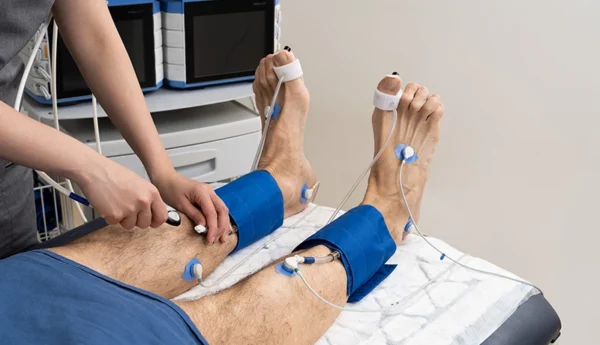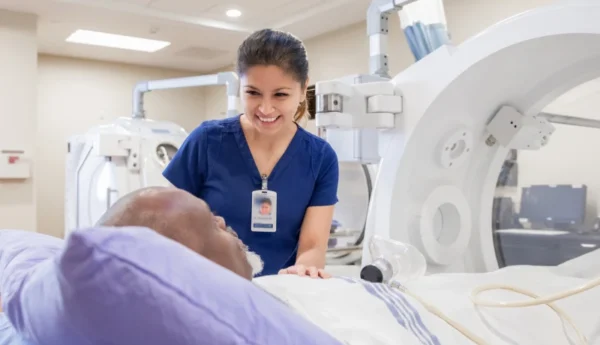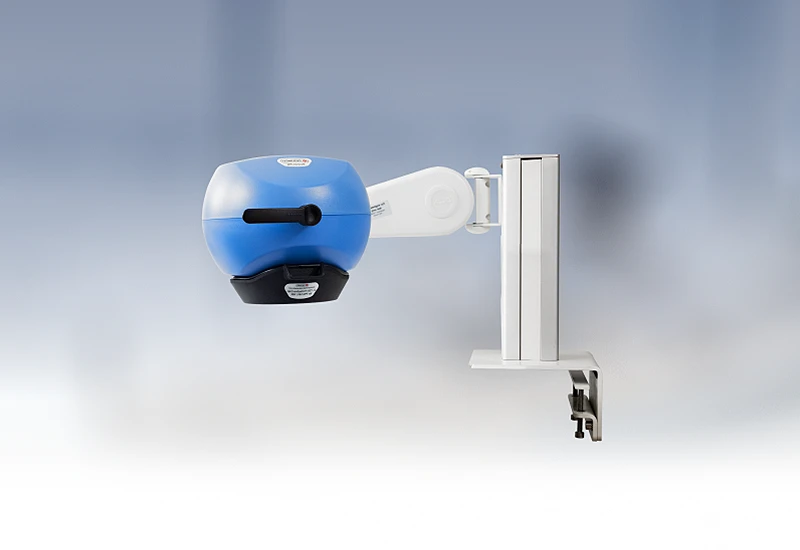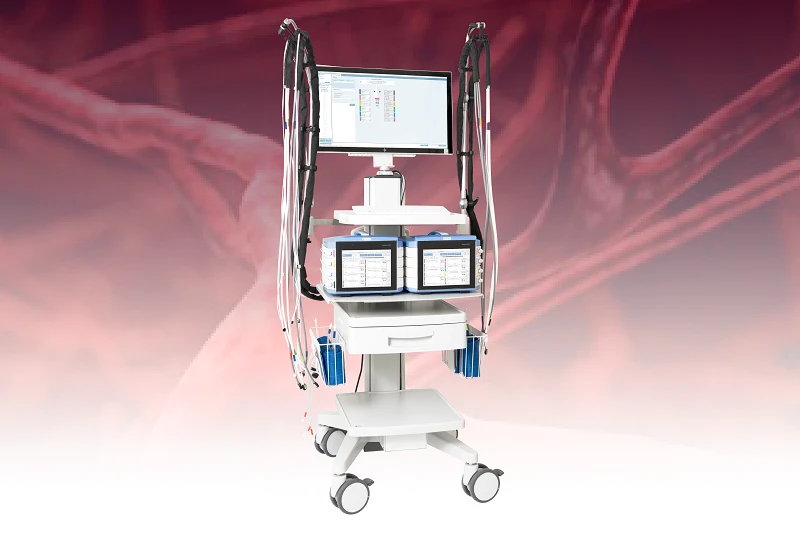In clinical assessment, monitoring microcirculation provides insight into a patient’s vascular health and tissue viability, offering early indications of disease onset and progression and enabling targeted interventions.
In clinical research, microcirculation measurements are fundamental for understanding the effects of diseases and treatments on the vascular system. Advanced imaging technologies, like laser speckle contrast imaging, allow researchers to track changes in microvascular function over time, supporting the development of new therapies and diagnostic tools. By accurately assessing microcirculation, clinical researchers can link microvascular function to clinical outcomes, improving the predictive value of studies and contributing to the advancement of personalized medicine.








